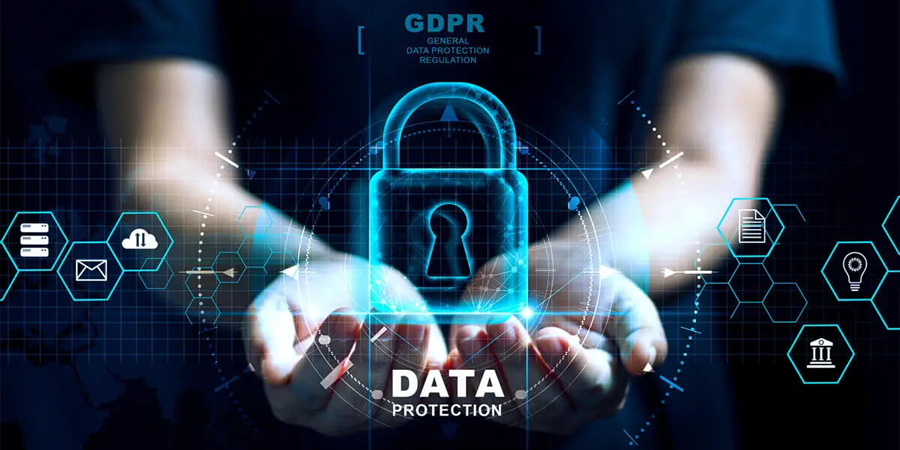In today’s digital world, website security is more important than ever. Cyber threats such as hacking, data breaches, and malware attacks can compromise your site and put sensitive user information at risk. To ensure your website remains safe, here are some best practices to follow.
1. Use SSL Certificates
SSL (Secure Sockets Layer) certificates encrypt data between your website and users, preventing unauthorized access. A secure website starts with HTTPS, which boosts trust and improves SEO rankings.
2. Keep Software and Plugins Updated
Outdated software and plugins are common security risks. Regularly update your CMS (WordPress, Joomla, etc.), plugins, and themes to patch vulnerabilities and enhance security.
3. Implement a Strong Firewall
A web application firewall (WAF) filters and monitors traffic, blocking malicious attempts before they reach your website. Firewalls help prevent DDoS attacks, SQL injections, and other threats.
4. Use Strong Passwords and Multi-Factor Authentication (MFA)
Ensure that all admin accounts use complex passwords and enable multi-factor authentication (MFA) to add an extra layer of security against unauthorized logins.
5. Regularly Back Up Your Website
Regular backups help restore your website in case of cyberattacks, data loss, or system failures. Use automated daily backups and store them securely in the cloud or offline.
6. Protect Against Malware and Scanning Attacks
Use malware detection tools like SiteLock or Jetpack to scan for vulnerabilities and remove any malicious files before they cause damage.
7. Restrict User Access and Permissions
Limit user roles and permissions to reduce security risks. Only grant admin access to trusted users, and regularly review permissions.
8. Monitor and Audit Your Website Activity
Use security monitoring tools to track unusual activity, login attempts, and changes to your files. Regular security audits help detect threats before they escalate.
9. Secure Your Hosting Environment
Choose a reliable hosting provider that offers built-in security features like firewalls, malware scanning, and DDoS protection. A secure hosting environment minimizes risks from server-side attacks.
10. Enable Content Security Policies (CSP)
CSP helps prevent cross-site scripting (XSS) attacks by restricting the sources from which scripts can be loaded. Implementing CSP enhances your website’s security.
Final Thoughts
Website security is not a one-time task—it requires continuous monitoring and improvements. By following these best practices, you can protect your website from cyber threats and build trust with your users.
At Finxhost, we offer secure web hosting solutions with built-in protection features to keep your site safe. Get started today and enjoy peace of mind knowing your data is secure.


